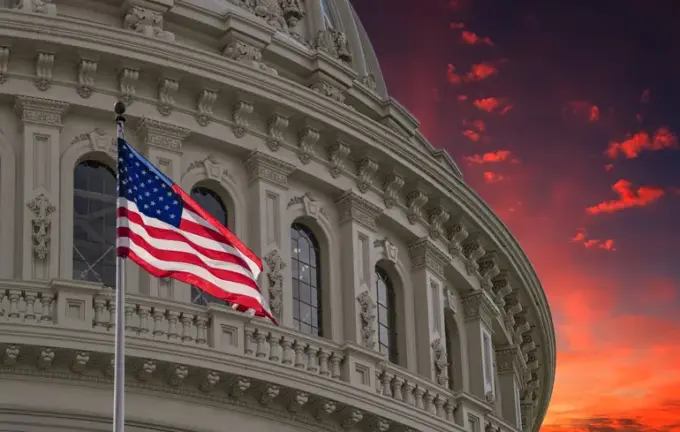US Government Shutdown: Over Two Weeks of Political Deadlock, Economic Impact, and Uncertain Future

The ongoing government shutdown in the United States has become the second-longest in the country’s history, surpassing 22 days and causing significant disruptions to federal operations and the economy.
The situation reflects escalating political tensions between Democrats and Republicans, with no consensus in sight.
President Donald Trump, preparing for an upcoming Asia tour, has made strong statements refusing to compromise, as Democrats demand aid for 22 million Americans facing skyrocketing health insurance premiums starting January.
Meanwhile, thousands of federal employees and contractors are experiencing financial uncertainty, as paychecks have been delayed or reduced.
Economists warn that this crisis could lead to a temporary increase in unemployment, which should stabilize at around 4.3% after governmental functions resume.
However, the long-term stability of social security programs and military funding remains at risk.
Republicans in Congress are stuck in a stalemate, with negotiations between both parties yielding no results.
This third major shutdown under Trump has become a symbol of deep political polarization, exposing vulnerabilities in American democracy and raising questions about the future governance and policy stability in the nation.

